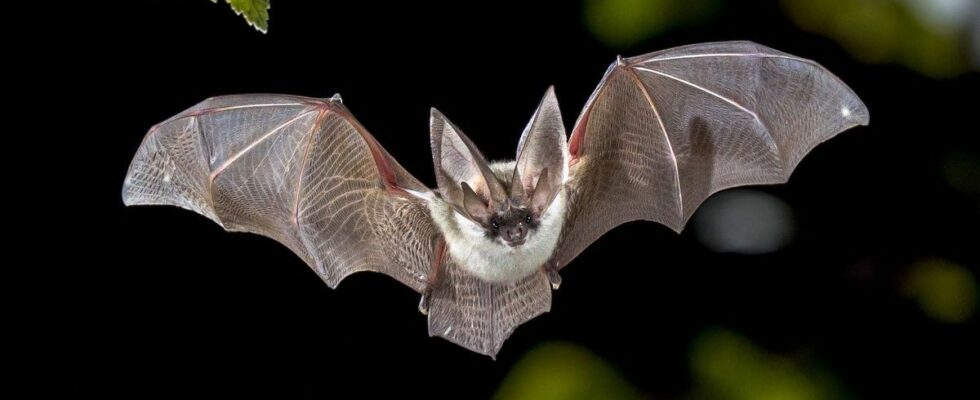Published on
Updated
Reading 3 min.
in collaboration with
Dr Gérald Kierzek (Medical Director)
A bat infected with rabies has been discovered in Mayenne. This is the first case reported in this department. The person who discovered the animal was referred to a rabies center. What are the risks of being infected by a bat? The point with Dr. Kierzek.
This is a worrying first for Mayenne: a bat infected with rabies has been discovered in Sainte-Suzanne-et-Chammes. The announcement was made this Friday, August 2, 2024 by the Mayenne prefecture, following confirmation by a specialized laboratory. This case marks a historic first for the department, prompting increased vigilance.
A case of rabies detected in a bat
A case of rabies has been confirmed by a specialized laboratory on a bat found sick in the commune of Sainte-Suzanne-et-Chammes in Mayenne. The Prefecture specifies that this is the first case detected in the department and that the person who discovered and handled the bat has been referred to an anti-rabies center for preventive treatment.
Bat rabies is caused by a virus from the same family but different from that of so-called “vulpine” rabies, eradicated in France since 2001 and mainly affecting foxes. Transmissions to other species have only very rarely been observed in Europe. Cases of rabies in France are currently only observed in bats. The national surveillance network has detected around 3 cases per year since 1989.
Do not handle bats
Following this news, the Mayenne prefecture reminds that it is important not to touch bats, handle them or try to catch them. If you discover an injured or dead specimen, you should contact the French Biodiversity Office on 02.43.02.97.70 or by message to the following address: [email protected]
In case of contact and especially of scratching or biting by the animal, it is advisable to immediately clean the wound with soap and rinse thoroughly before applying a disinfectant. Advice should then be sought quickly from a doctor or directly from a rabies center which will assess the appropriateness of preventive medical care.
The main routes of contamination
“Lhas rage is transmitted primarily through the saliva of an infected animal, usually through a bite or scratch that causes saliva to enter the body” confirms Dr. Gérald Kierzek.
The main transmission routes are:
- The bite of a rabid animal, penetrating the skin;
- The scratch of a rabid animal, with the presence of infected saliva;
- Contact of the saliva of a rabid animal with the mucous membranes (eyes, nose, mouth) or an open wound.
On the other hand, recalls the medical director of Doctissimo, rabies “is not transmitted by the blood, urine or feces of an infected animal. It is also not transmitted by simple contact with the hair or fur of a rabid animal”.
You should also be wary of an animal that appears healthy, because “The virus can be present in the animal’s saliva for several days before symptoms appear, making transmission possible“.
What does prophylactic treatment consist of?
As a preventative measure, treatment must be administered immediately after exposure. “Rabies can be 100% prevented by implementing post-exposure prophylaxis early after exposure to an animal suspected of being rabid,” Gérald Kierzek explains.
“Post-exposure prophylaxis itself includes a vaccinationaccompanied by the administration of an anti-rabies serum for the most severe exposures. Treatment should be carried out quickly after exposure“.
Overall, preventive treatment includes several steps:
- Cleaning all wounds, immediately after the bite or scratch, with soap and water for 15 minutes;
- Careful antisepsis with wound disinfection;
- A check of tetanus immunity (recommended) as well as the implementation of antibiotic prophylaxis, in certain cases.
Once declared, the disease is almost always fatal, for lack of effective treatment. Rabies is responsible for approximately 59,000 annual deaths worldwidemainly in Asia and Africa, most often following a bite by a rabid dog.
